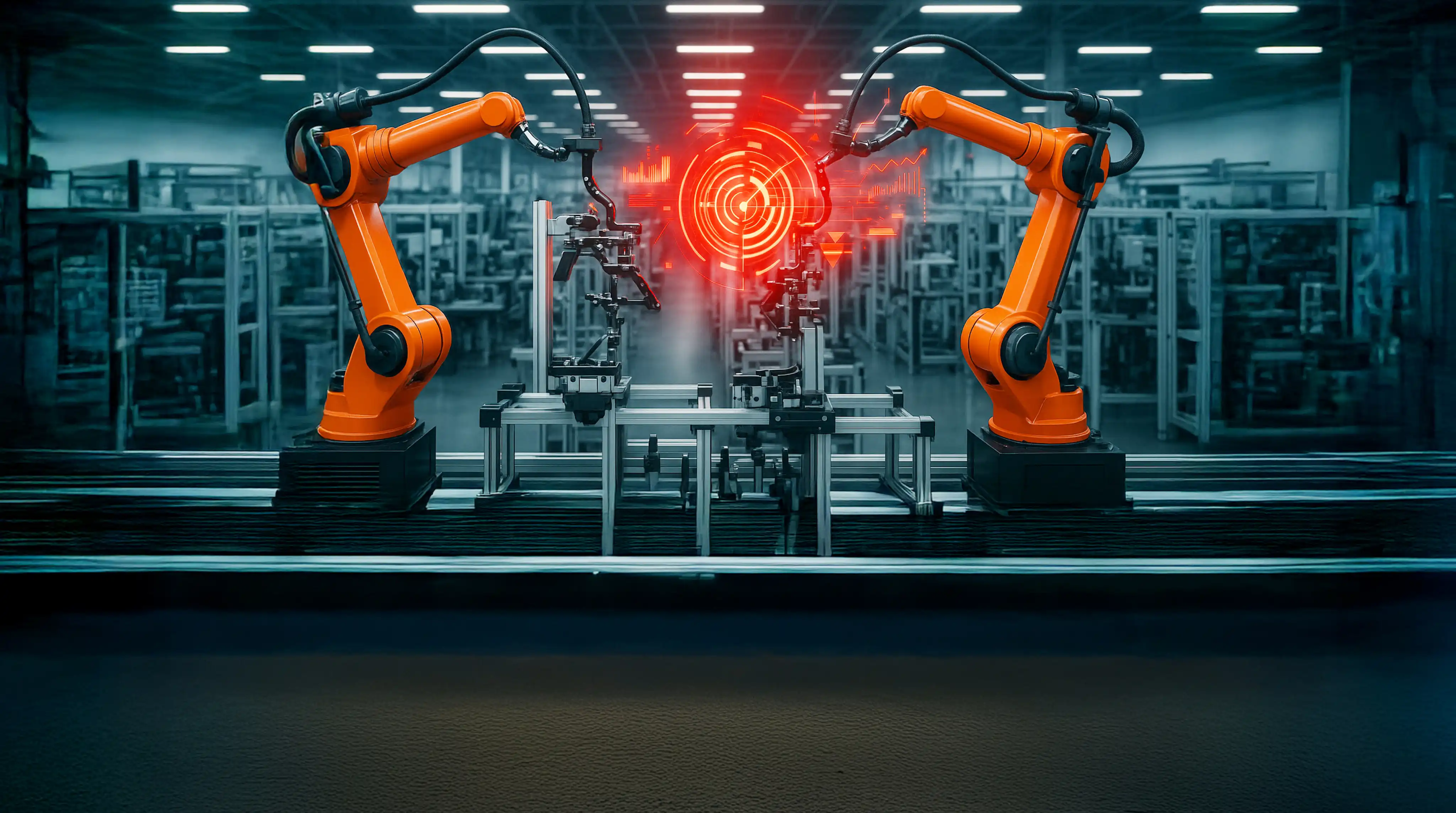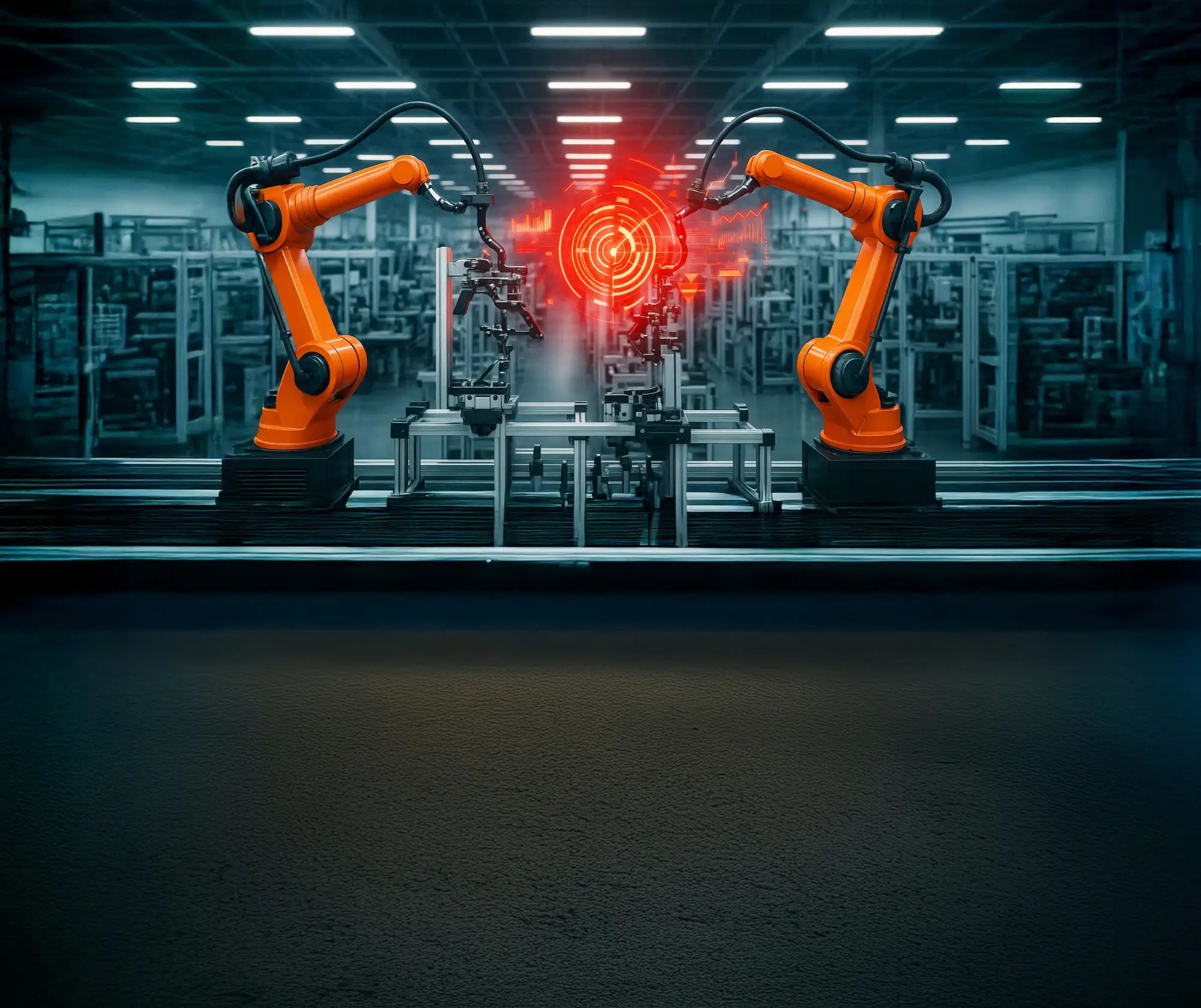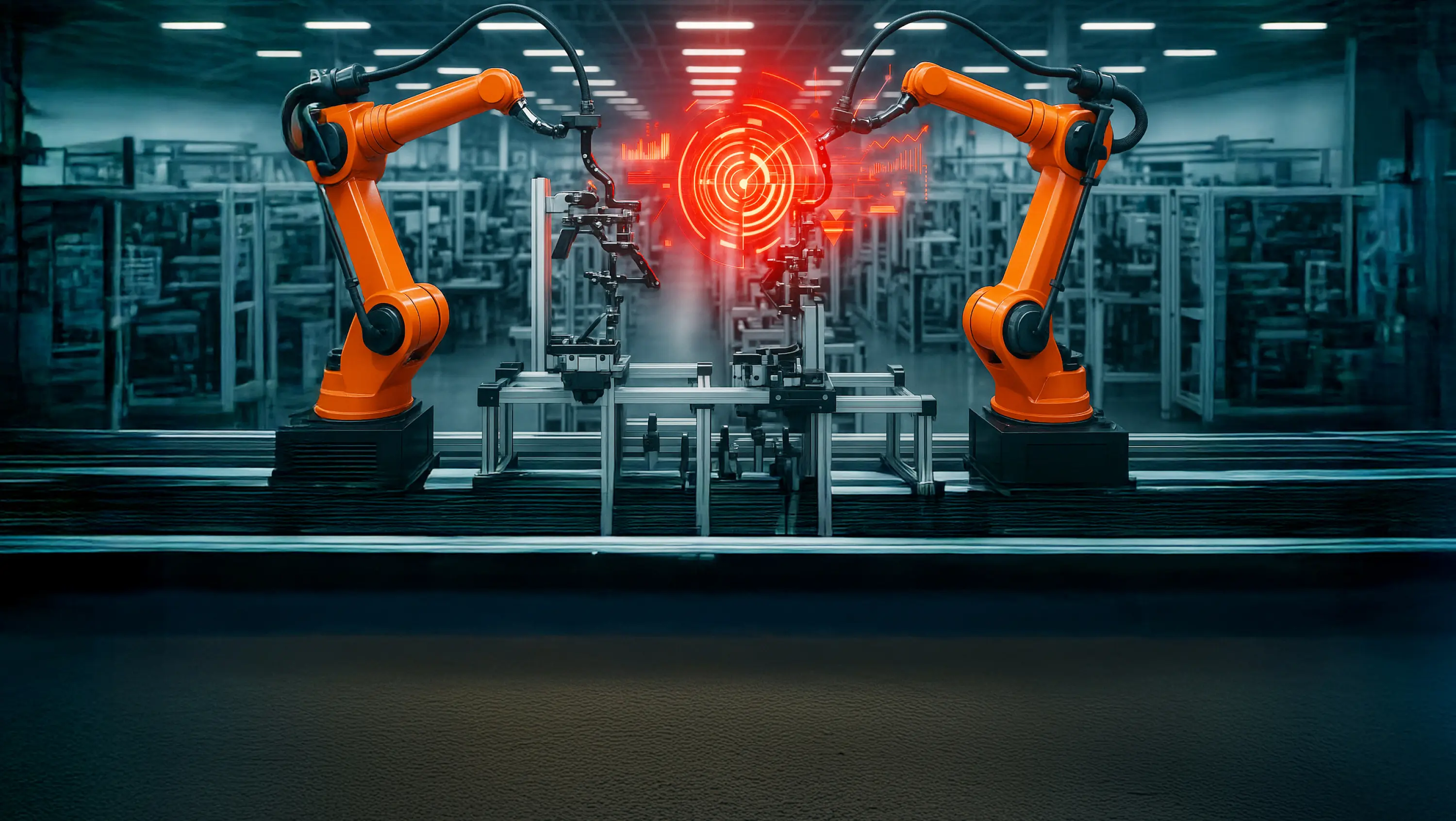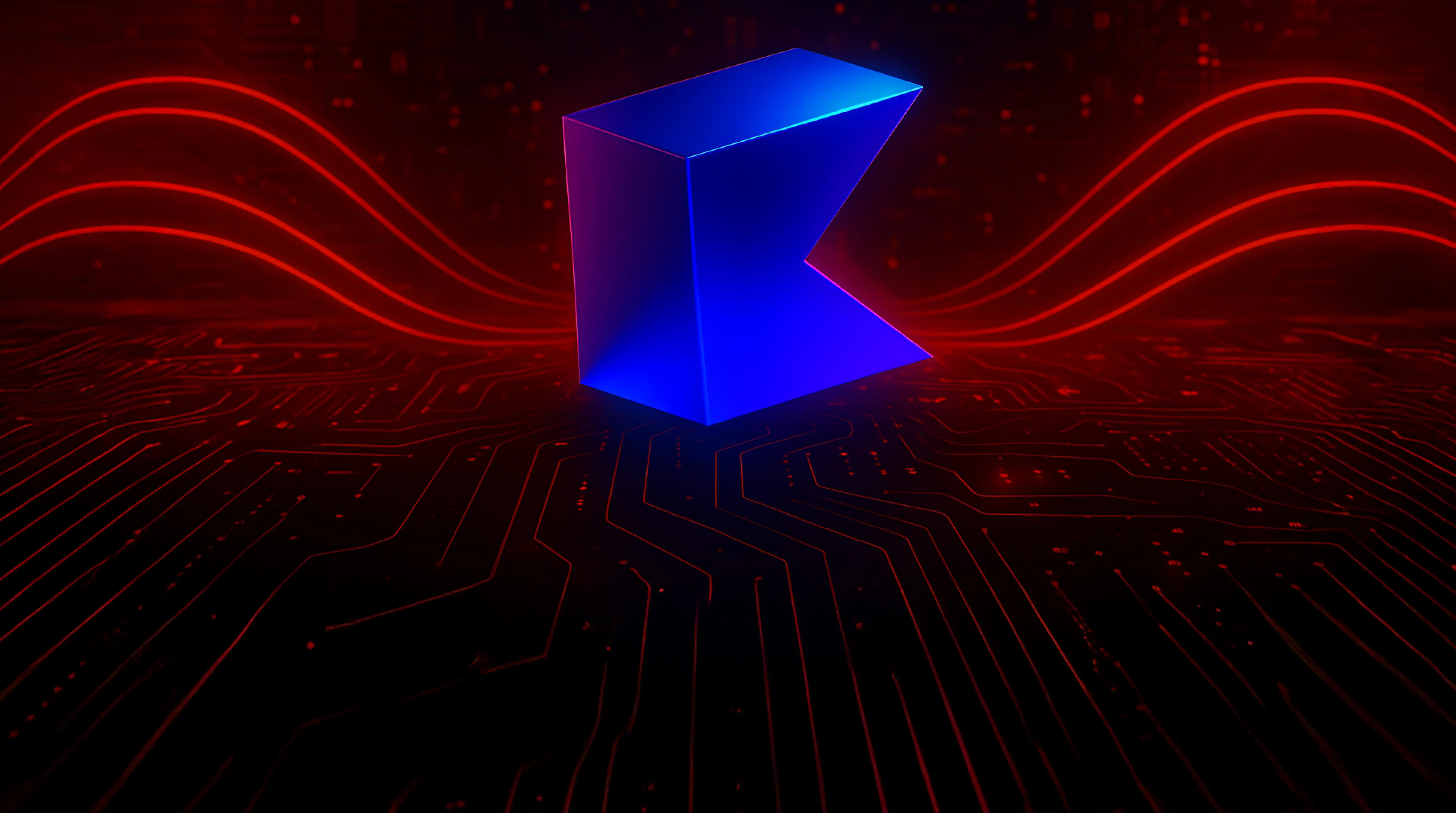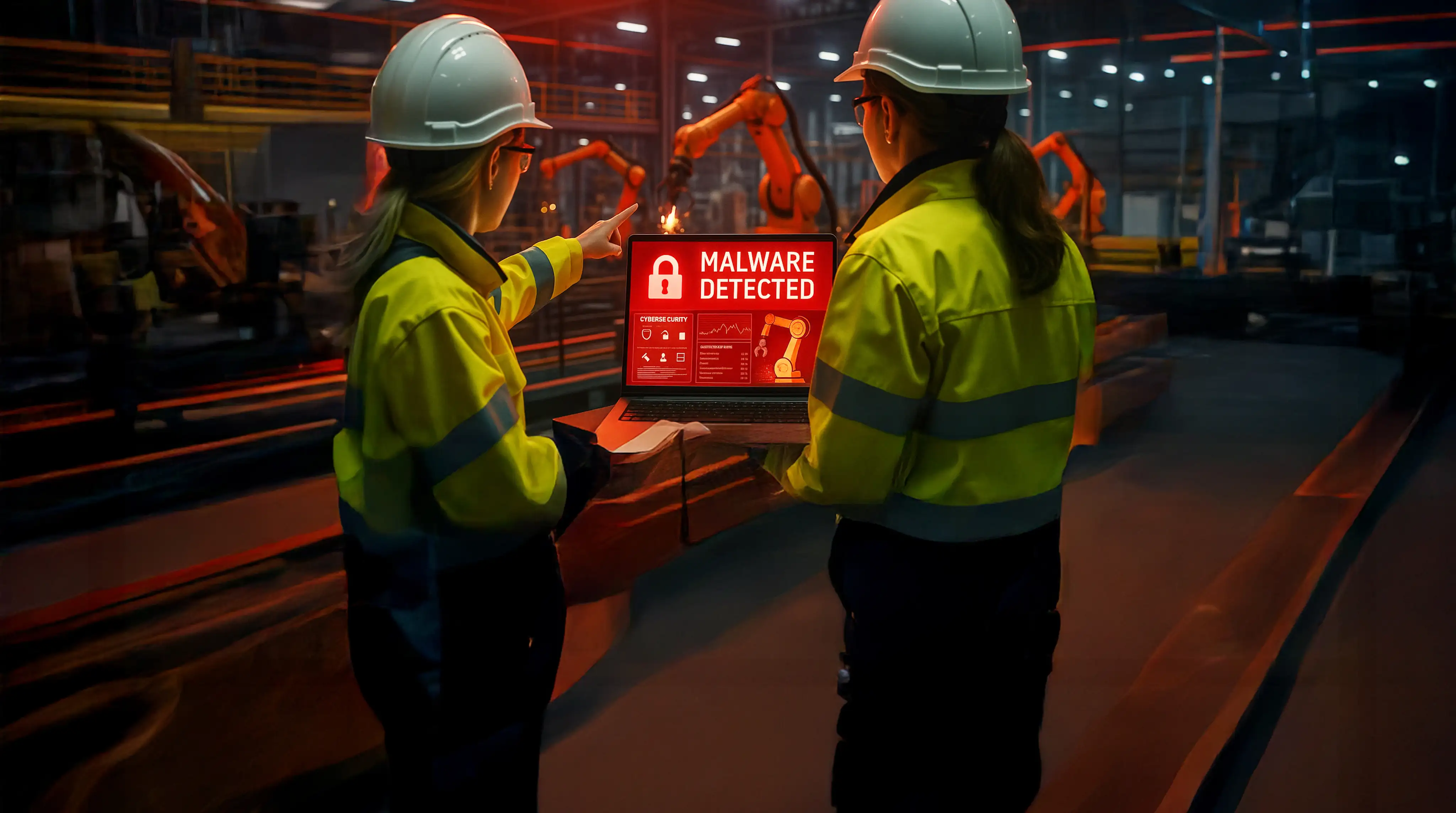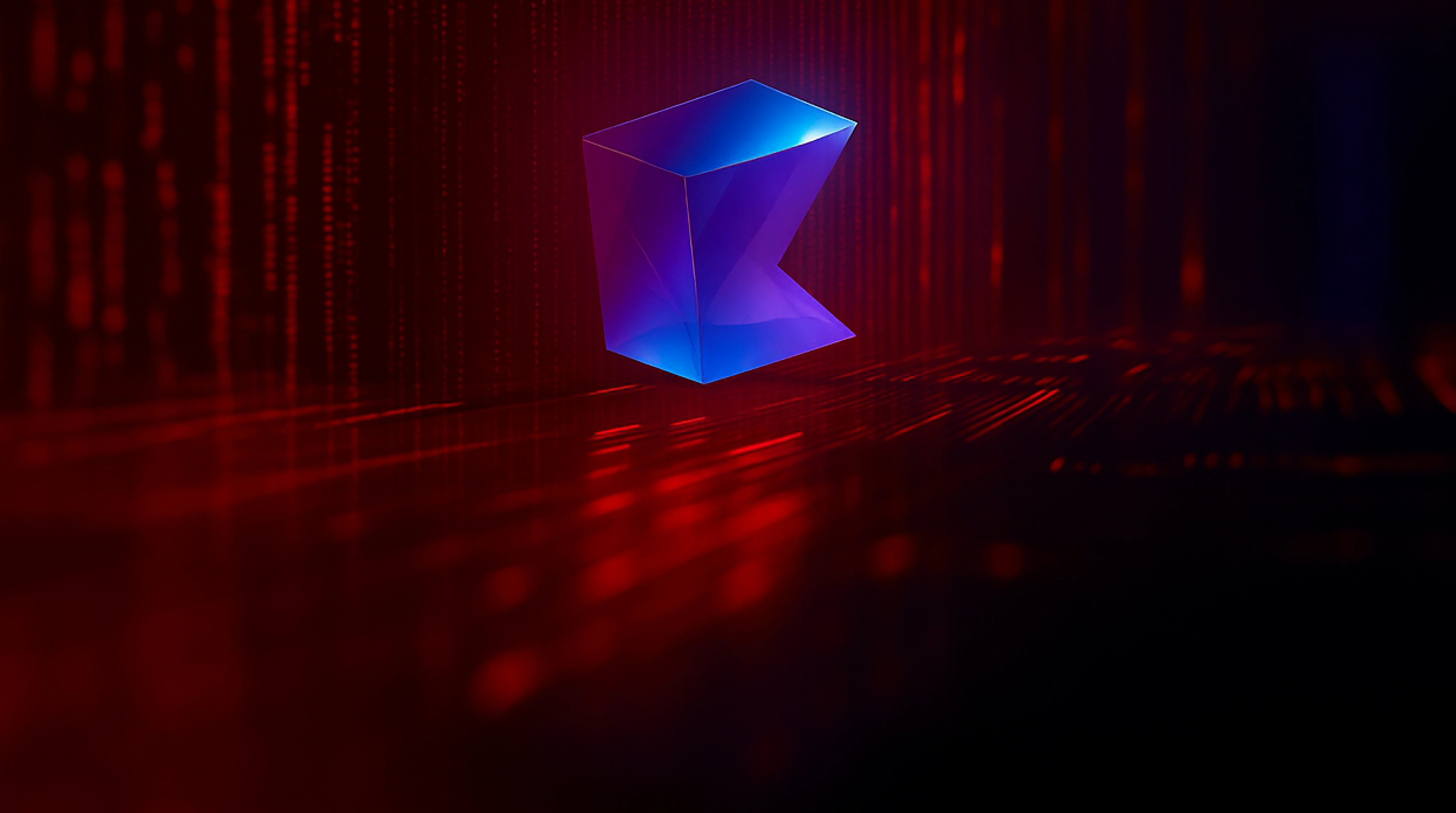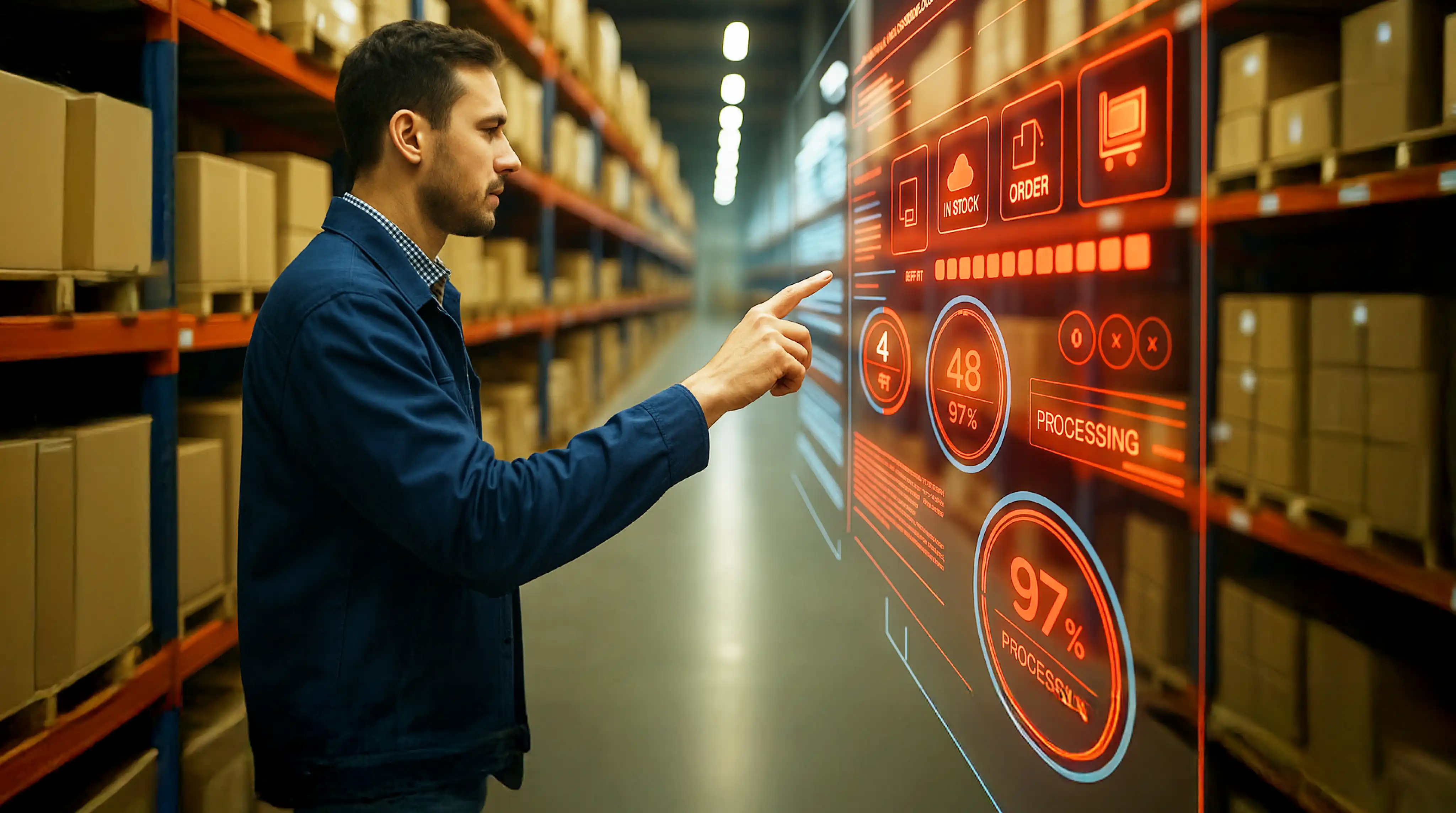From Grit to Genius: A Manufacturing Renaissance Powered by AI
August 26, 2025
Introduction
The integration of artificial intelligence to modern industrial automation is driving a major shift in the manufacturing industry. This change presents an exclusive opportunity for manufacturing facility executives, production managers, automation specialists, and technological decision makers such as CTOs and CIOs to increase efficiency, precision, and profitability in this fast changing world.
Advanced robotic systems such as SCARA, Delta, Cartesian, Cylindrical, and Autonomous Mobile Robots (AMRs), which will be elaborated upon subsequently, can be coupled with artificial intelligence in manufacturing to automate repetitive and tedious jobs with unparalleled efficiency. These automation solutions ensure consistent quality control, lower operating expenses, and huge cost savings because they don’t fatigue or vary from specs like humans do.
This blog offers useful advice for people in the field who want to fully utilize AI-powered robotics in industries including consumer goods, electronics, and the automotive sector. Through data analysis and intelligent motion control, it examines how robotics in manufacturing has transformed supply chain operations, increasing worker safety, streamlining the assembly line, and improving machine tending.
It also includes practical advice, real-world examples, and important factors to assist you in successfully implementing and scaling AI-driven automation, regardless of your goals whether they be waste reduction, higher efficiency, or the integration of collaborative robots with human workers.
Understanding AI-Powered Robotics in Manufacturing
At the heart of it, AI-powered robotics in production combines cutting-edge AI algorithms with conventional robotic equipment to produce intelligent, flexible, and self-sufficient robots. In addition to carrying out pre-programmed tasks, these robots use data analysis and machine learning to learn from their surroundings and get better over time.
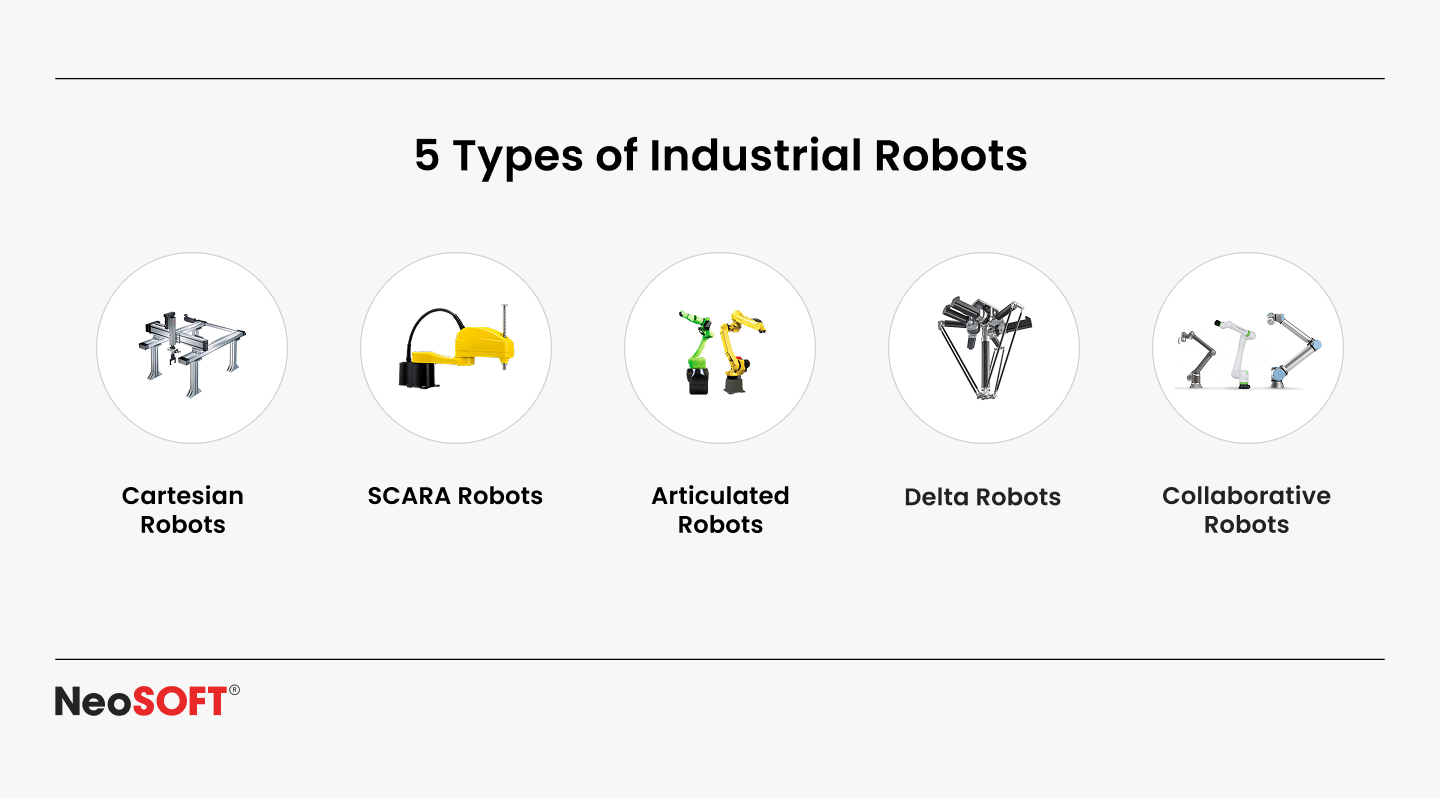
- Articulated Robots: These machines have plenty of freedom and can execute complex movements because of their rotary joints, which resemble human hands.
- Delta Robots: These mimic the movement of spiders and are known for their accuracy and speed, hence are suitable for pick-and-place jobs in the food and packaging industries.
- SCARA Robots: These feature lateral-moving, selective conformance arms that are ideal in high-speed assembly applications.
- Cartesian Robots: They move along linear axes and excel in applications like CNC machines and 3D printing, where straight-line motion is required.
- Cylindrical Robots: They are utilized for handling and constructing tasks in closed areas as they are best equipped at it because of having a sliding joint alongside the twisted joints.
- Autonomous Mobile Robots (AMRs): These can move goods between assembly lines and distribution hubs around factory floors, without human assistance.
The Role of Artificial Intelligence
In contrast to conventional robotic systems that follow predefined instructions, AI-powered robots use data analysis and algorithms for machine learning to make intelligent and adaptable decisions. Modern intelligent robotic systems use a variety of sensors, variety of sensors such as force sensors, vision systems, distance detectors, and sometimes thermal cameras, to gather information so they can continuously monitor their environment and respond in real time.
The ability to make decisions instantly sets artificial intelligence apart from conventional automation technology. Collaborative robots, or cobots, for instance, can sense their proximity to human workers and modify their torque, trajectory, or velocity using advanced joint and motion control mechanisms.
By enabling machines to automatically remove faulty items from conveyors and use imagery from computers to detect product faults, artificial intelligence is also improving quality control. AI improves performance in machine tending and pick-and-place robot applications by evaluating historical movements and forecasting the most effective course using information from three or more axes, or proportional axes in cartesian and gantry robots.
Artificial intelligence is creating an entirely novel model in industrial robotics by giving robots the ability to “think” and react differently from humans. This paradigm shifts robots from being inflexible machines to intelligent partners in the process of manufacturing.
Key Benefits of AI-Powered Robotics for Manufacturing
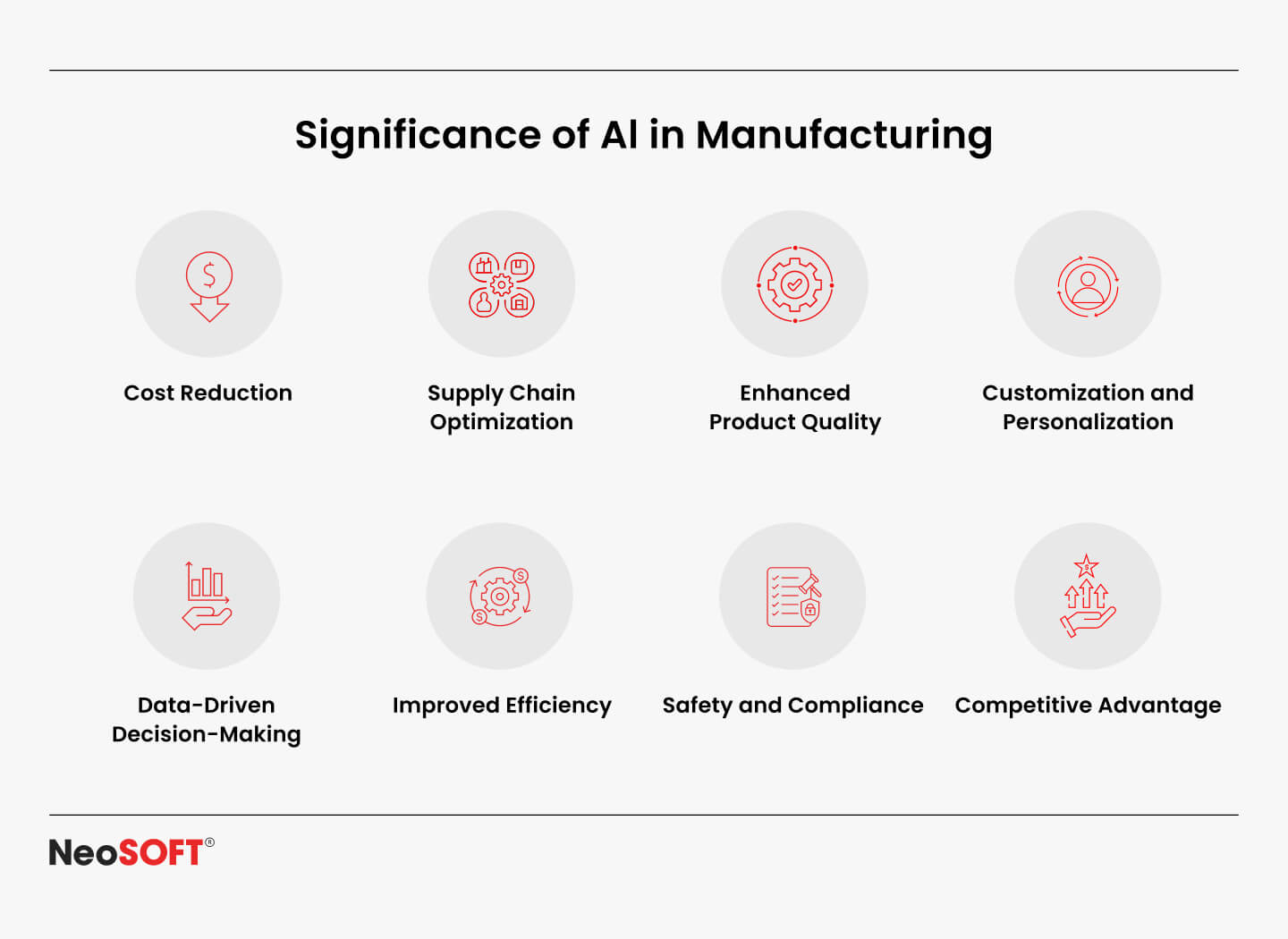
Enhanced Precision and Quality Control
Robots with AI capabilities revolutionize production by increasing precision. Despite human workers who may grow tired or unreliable, highly articulated machines in particular do repetitive jobs with consistent accuracy. Constant steady motion control guarantees that every product satisfies precise requirements, especially in high-speed, substantial manufacturing plants.
In companies dealing with electronic and automotive manufacturing, wherein accuracy is essential, artificial intelligence drastically decreases errors and enhances quality assurance.
Real-time data from various sensors, including force gauges, optical systems, and proximity detectors, is evaluated by artificial intelligence systems to identify irregularities and make timely corrections. This capability not only improves the quality of the final product but also decreases waste and downtime, which results in significant cost savings and higher output.
Increased Operational Efficiency
Artificial intelligence driven automation solutions significantly boost operational efficiency in manufacturing operations. Renowned for their outstanding speed and agility, delta and scara robots reduce cycle times and human error by performing pick and place tasks throughout assembly lines. These robots frequently do thousands of tasks per hour with an elevated level of precision along three or more axes.
Autonomous movement machines and guided automation ease supply chain operations in warehouses and distribution facilities. These machine tools efficiently manage stocks, transport objects between workstations, and maneuver conveyor belts, improving productivity while lowering operating expenses.
Flexibility and Adaptability
Customized, small-batch production is gaining popularity in today’s industrial sector. Businesses require equipment that can quickly change in order to remain competitive. Robotic systems backed by AI provide this flexibility. Artificial learning-capable robots, particularly gantry, cylindrical, and cartesian robots, may be quickly reprogrammed for a range of industrial uses.
Machines with three moving joints and twisting joints, for example, can adapt their actions constantly based on product variation in confined locations or challenging assembly applications. Selective compliance assembly robot arms (SCARA) are ideal for assembly lines requiring lateral flexibility. These capabilities enable factories to pivot between production runs with minimal downtime, meeting evolving market needs with precision.
Cost Savings and Return on Investment
AI-driven robotics may seem expensive at first, but the payoff is quite strong. Through automating routine operations and unpleasant work, which occasionally entails dangerous tasks or difficult conditions, robots enhance worker safety, reduce costs related to injuries, and lower legal liability. This is especially helpful in high-risk sectors such as metal fabrication and chemical manufacturing.
In addition, the long-term savings in cost become visible with fewer manufacturing failures, fewer labor costs, and increased throughput. AI robotics’ superior operational efficiency and decreased waste translate into a quicker time to market and higher profitability since they may operate constantly without interruptions or shifts.
Real-World Applications and Use Cases
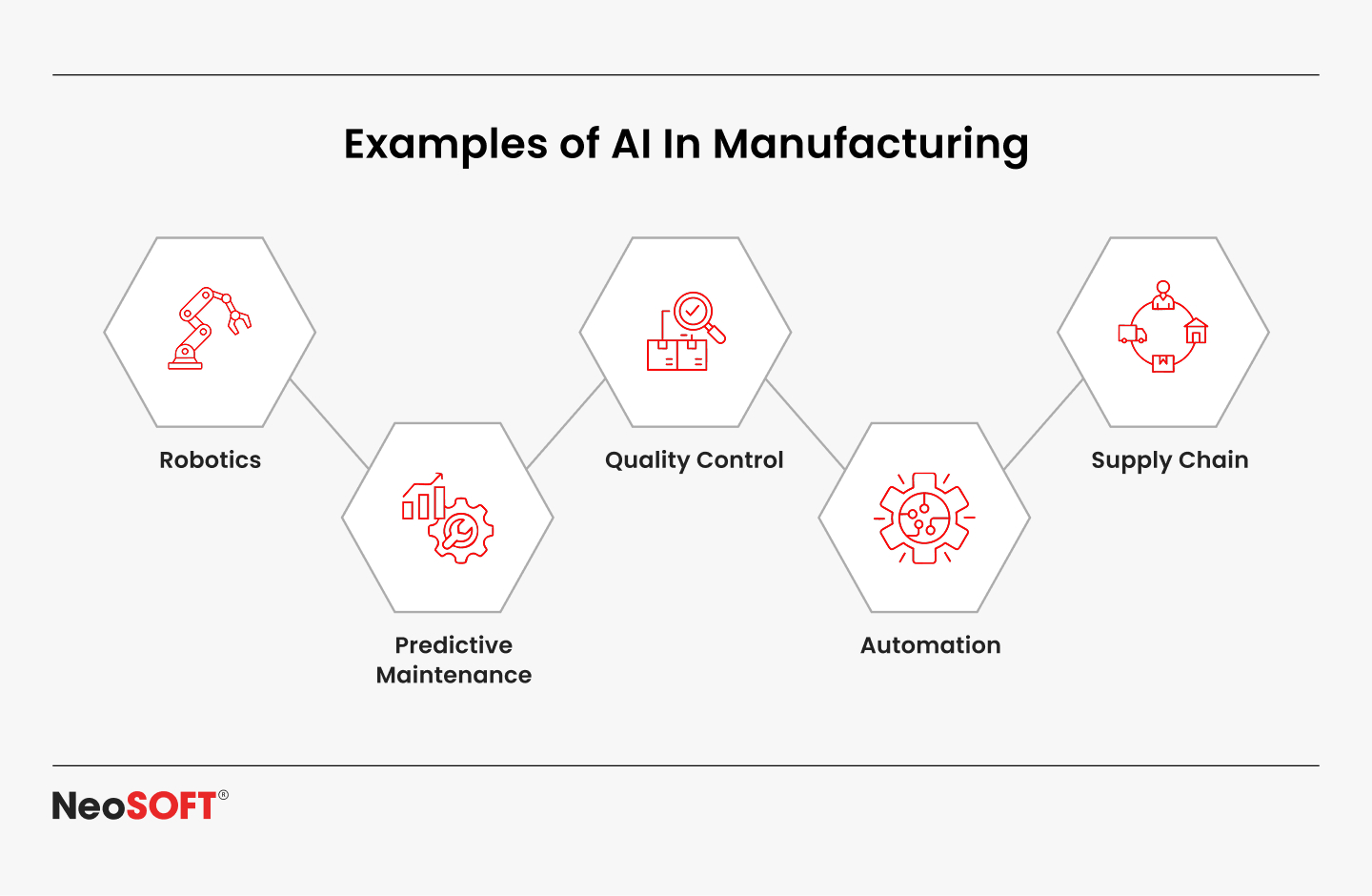
Automotive Industry
In the 1960s, the automotive sector, which was at the beginning of automation implementation, unveiled the first industrial robot. Industrial robots are now crucial for the industry as a whole. Complex components are now gathered, painted, and bonded with unprecedented precision by articulated robots with rotating joints. These robotic arms enact the movement of human arms, showcasing significant strength, consistency, and endurance.
Electronics Manufacturing
Whenever assembling electronics, accuracy is crucial. High-speed, repetitive tasks including part of the procedure, soldering, and inspection are carried out by scara and delta robots. Cobots driven by AI help human beings with complex tasks, guaranteeing optimal assembly and lowering worker weariness.
These robotic systems use sensors that are optical and AI-based data processing to identify minute differences in tiny electronic components that even highly competent human workers would overlook. Better product uniformity and less post-production adjustments are the outcomes.
Supply Chain and Warehousing
Autonomous mobility robots and guided automation are transforming material handling in warehouses and logistics. These mobile robots pick and place inventory, move items to packaging stations, and update inventory databases in real time despite navigating distribution centers with efficiency.
These autonomous machines decrease bottlenecks while improving supply chain responsiveness by using AI to assist with task prioritization and route optimization. Efficiency can be further improved by integration with machine tending stations, conveyor belts, and other equipment.
Challenges and Considerations
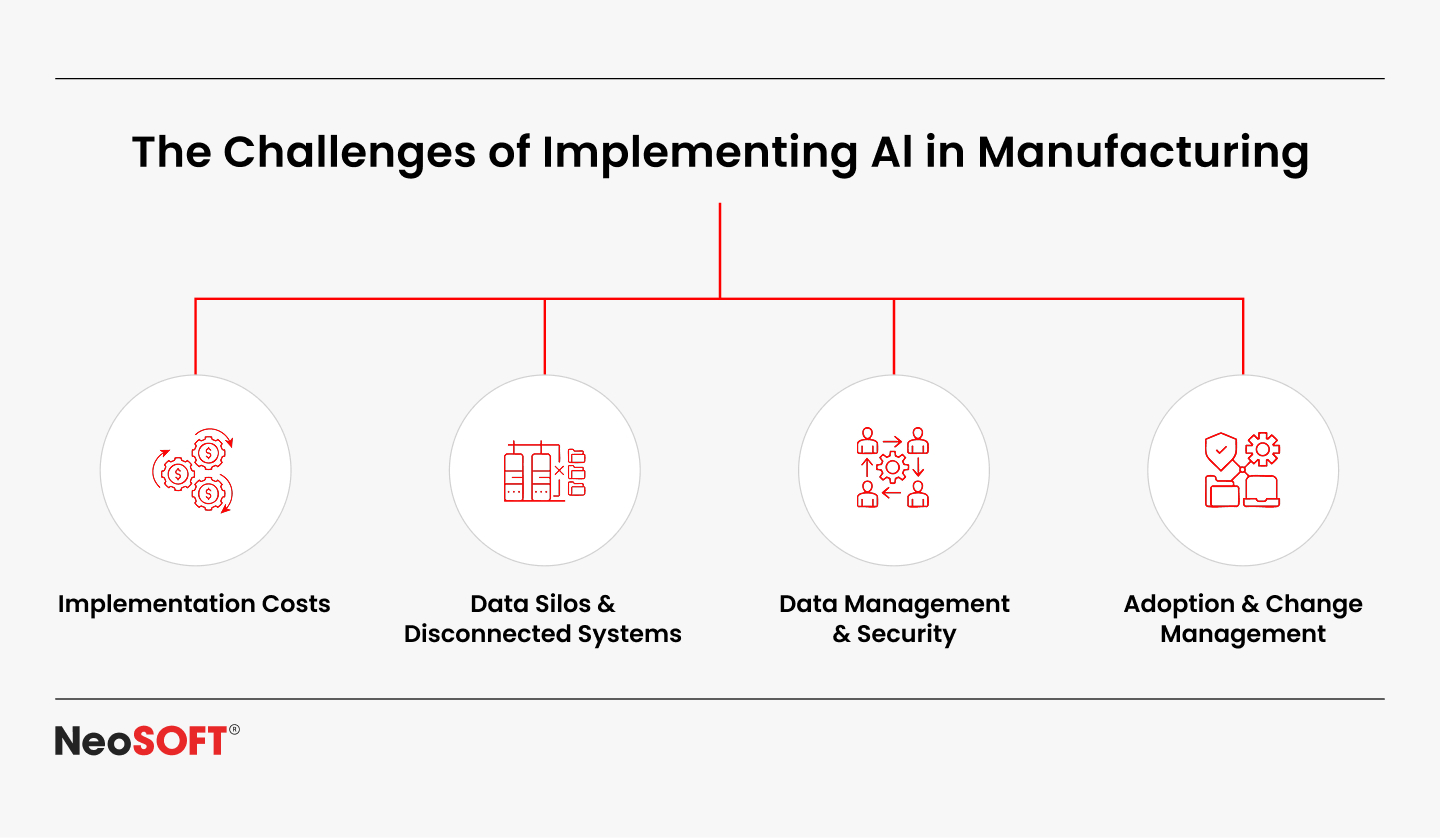
System Integration
It is not easy to integrate AI automation into an existing production infrastructure. Meticulous mapping and testing are necessary when merging robotic systems with outdated hardware and software. Hardware updates or specialized middleware are frequently required due to incompatibilities in control mechanisms or communication protocols.
During this period, technical expertise is crucial. IT teams and industrial automation specialists must collaborate to guarantee smooth platform interoperability. This shift can be made easier by selecting adaptable machines, including those with multiple directions of movement or modular linear axes.
Data Management and Cybersecurity
Manufacturers now face heightened cybersecurity concerns as a result of artificial intelligence robots collecting and evaluating enormous amounts of data. Intellectual property theft or production problems may result from unauthorized access to linked robots. Secure cloud-based services, immediate time identification of threats, and strong encryption are therefore essential.
Optimizing ROI additionally involves controlling and utilizing this data using machine learning algorithms and real-time analytics. To manage this flood of industrial data, businesses need to make investments in robust information infrastructure and skilled employees.
Workforce Training and Change Management
The workforce changes when AI-powered machines are adopted. Employees must learn how to operate robotic arms with intricate rotary joints, supervise and cooperate with machines, and decipher data produced by several sensors. If staff members are not adequately engaged or trained, resistance to change may become a problem.
Effective change management programs are crucial. A culture of creativity and cooperation involving human employees and robots can be promoted by providing robotics handling certification, highlighting the benefits of safety, and pointing out chances for upskilling.
Investment and Scalability
While AI-driven automation offers many benefits, the initial capital investment is significant. ROI depends on proper planning, realistic timelines, and the ability to scale. Manufacturers should start with pilot programs that demonstrate clear benefits such as reduced waste, lower cost per unit, or improved quality.
Scalability should be baked into early-stage planning. Choosing versatile robots for industry like the conformity assembling robots for delicate tasks or gantry robots for heavy loads, ensures adaptability as requirements evolve.
Future Outlook: The Road Ahead for AI Robotics in Manufacturing
AI-powered robotics are at the heart of the next industrial revolution. With ongoing advancements in machine learning and robotics hardware, future robotic arms will exhibit even greater dexterity, with enhanced rotary joints, twisting joints, and sensory feedback for adaptive motion control.
The integration of 5G, IoT, and edge computing will usher in the era of smart factories. Robotic systems will be able to coordinate with other machines, conveyor belts, and digital twins in real time, creating dynamic manufacturing environments that respond instantly to changes in demand or supply chain variables.
We’ll also see the rise of hybrid workforces where human workers and collaborative robots team up to tackle complex tasks. Robots will handle dirty work and high-speed repetitive actions, while humans manage creative, supervisory, and maintenance roles driving a new era of worker safety and operational agility.
The next phase of the field of robotics will be influenced by early adopters as standards are established under the direction of groups such as the World Federation of Robotics. Businesses which make investments in intelligent, scalable, and adaptable automation solutions today will gain a competitive edge for many years to come.
Conclusion
The integration of AI in manufacturing is reshaping how products are designed, built, and delivered. From performing repetitive tasks on the assembly line to handling complex machine tending operations, robots guided by artificial intelligence are driving a renaissance in industrial robotics.
Plant managers, automation engineers, and CTOs in the manufacturing industry stand to gain from reduced operational costs, enhanced quality control, and increased throughput. With a wide range of robotic systems available, cartesian robots, autonomous mobile robots, articulated arms, and more manufacturers can tailor their automation strategy to suit their industrial applications.
Through the help of our AI-powered robotics solutions, experience the potential of data-driven, intelligent manufacturing automation. Get in touch with us today at [email protected] to discover how our advanced robotic systems can assist you in enhancing precision, improving efficiency, and transforming your manufacturing processes.






